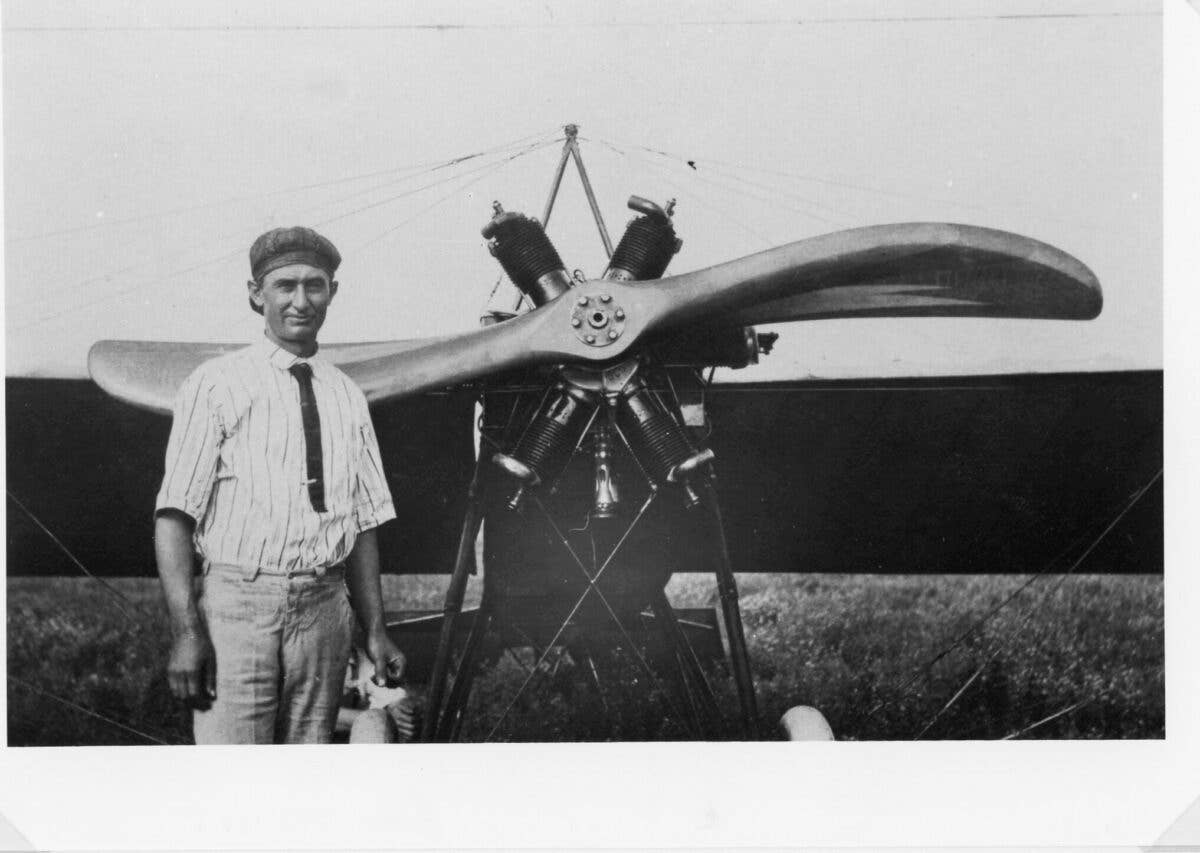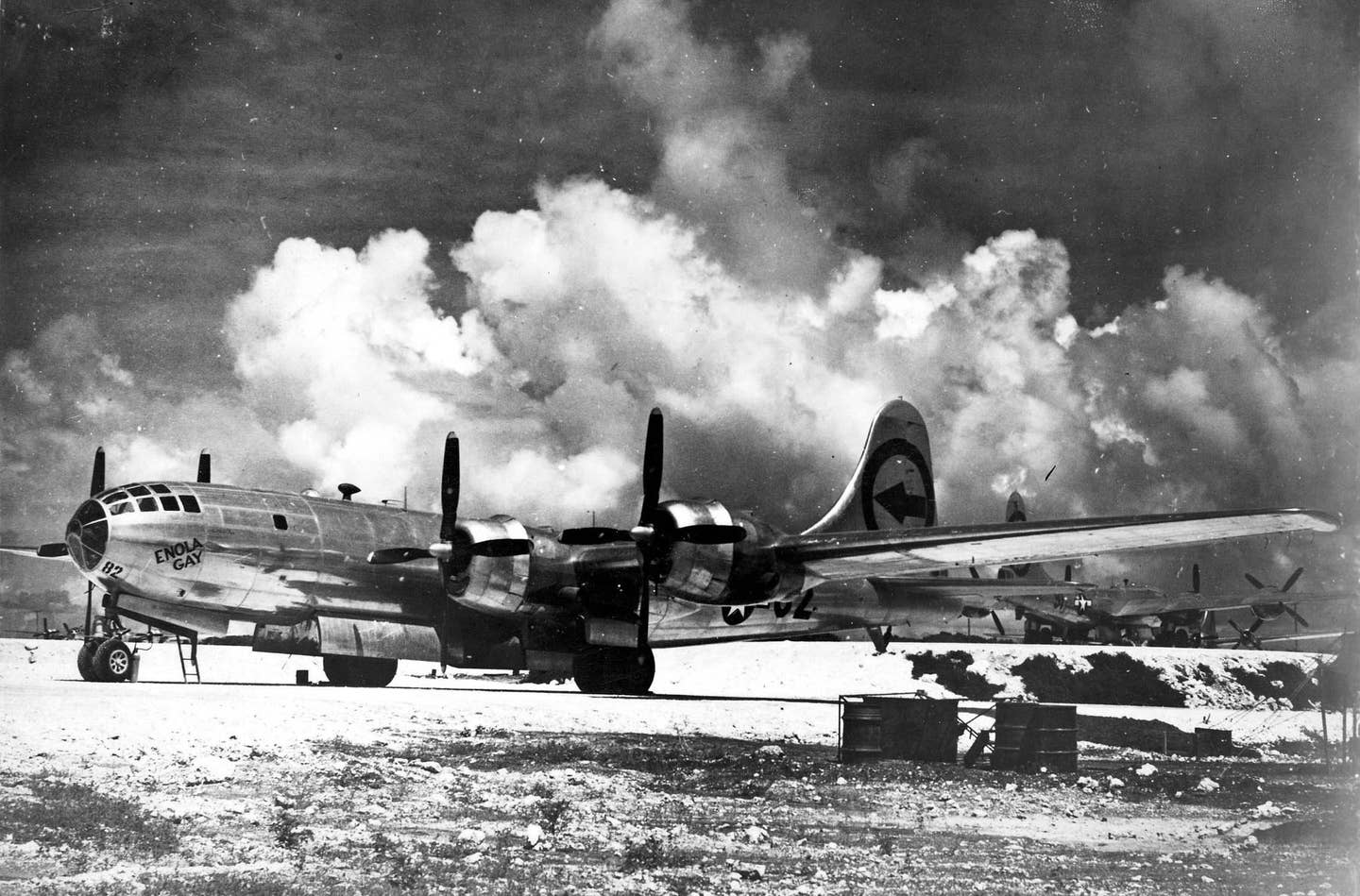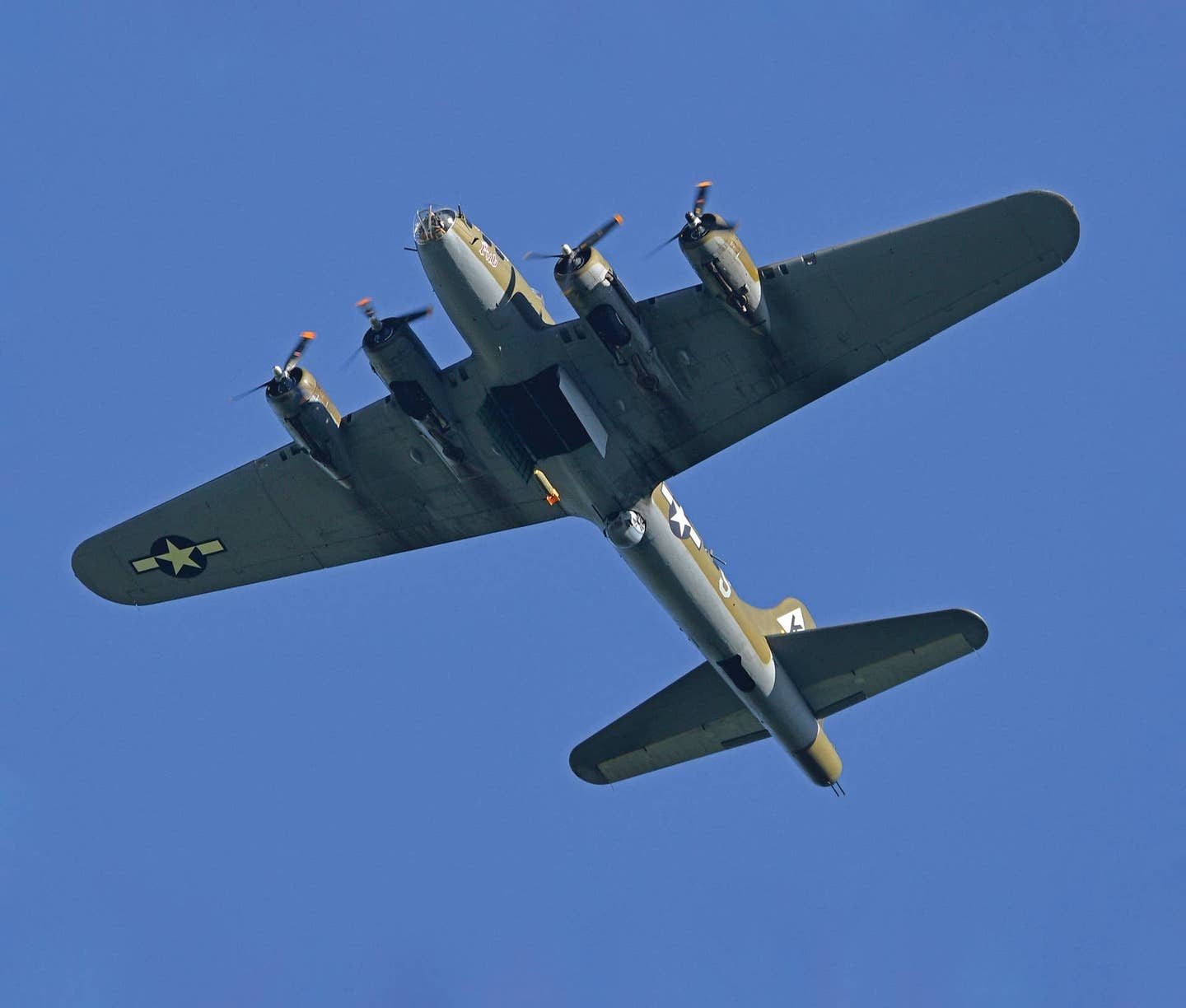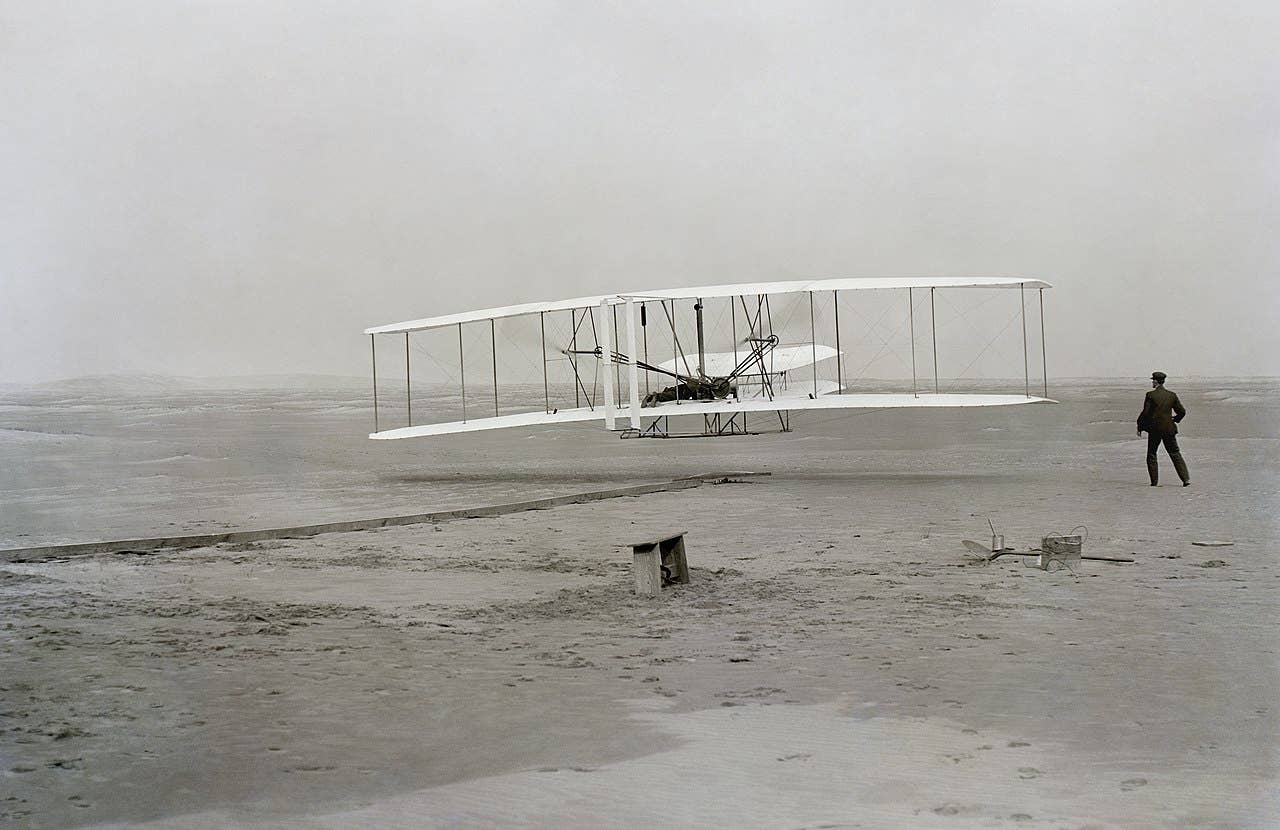Clyde Cessna Helped Form Legendary Aviation Trinity in Wichita
The founder of the Cessna Aircraft Company started from DIY roots.

Clyde Cessna in front of the 1914 monoplane. [Courtesy Kansas Aviation Museum]
Why on earth is Wichita, Kansas, known as the Air Capital of the World?
Perhaps because at one point it incubated 16 aircraft manufacturers, 11 airports, and a dozen flying schools, according to Wichita, Where Aviation Took Wing, an aviation history of the city published by the Greteman Group.
But why did all of that aviation-oriented activity land in what was once a “wheat, oil, and, beef town” in the middle of the high prairie?
It started with early visionaries—and that ready source of capital—but it attained legendary status because of entrepreneurs by the names of E.M. “Matty” Laird, Lloyd Stearman, and Walter Beech—and supported by oil men like Jake Moellendick. The trio toiled together for the E.M. Laird Airplane Company—Stearman on drafting aircraft plans and Beech on sales—until Laird left in 1923.
After a few more fits and starts, in 1924, Stearman (as chief engineer) and Beech (as chief test pilot) disbanded the Swallow Aircraft Company, which they had renamed after Laird left.
And then Clyde Cessna came along.
Silver Wings
Born on December 5, 1879, Clyde Vernon Cessna spent the first two years of his life in Iowa, before his family moved to Kansas to develop farmland. But once he’d reached his majority—and married—he figured out that farming would not bring him the income needed to support a family of his own.
Cessna had middling success as an auto dealer in the early 1900s, and he moved to Enid, Oklahoma, to pursue a business partnership in 1909. But in January 1911 he attended an air circus sponsored by the Moisant International Motors company—and saw a trio of Blériots fly, according to The Legend of Cessna, by Jeffrey L. Rodengen.
Instantly enamored by the prospect of flying for money, he put in an order for a Blériot Type XI and traveled out to New York to learn more about its construction by working on the Queen Aeroplane Company’s production line.
After procurement pains with the engines—initially a V-type, and later an Elbridge powerplant that produced more horsepower—and a prop that arrived with damage, Cessna had the airplane complete to begin test flights—his first ever at the controls of any airplane. He crashed 12 times before mastering the airplane, christened Silver Wings.
When he finally learned to land without mangling the airplane, in June, Cessna deemed himself ready to present Silver Wings to the public. After a few attempts to launch into the aerial exhibition game, Cessna secured a $300 payment to fly at the Oklahoma State Fair in September 1911—and a successful demonstration of the airplane’s promise.
Return to Kansas
However, Cessna wasn’t finished beating up his only airplane on the Salt Plains of Oklahoma. Fortunately, he survived each mishap and upgraded to a new model in 1913. Along the way, he became the first pilot to fly over Wichita, Kansas, in October 1913, according to The Legend of Cessna. In the course of doing so, the family was inspired to return to Wichita for its business prospects.
Cessna secured the premises to build airplanes on the grounds of the J.J. Jones Motor Company in 1916—following the invitation of a group of Wichita businessmen, members of the newly formed Wichita Aero Club, one of the nation’s oldest—and incorporated the Cessna Aircraft Company there. Wichita had its first aircraft factory functioning by September.
One Seat, Two Seat
Cessna began work in earnest on the company’s next two monoplanes—so called because of their single wing, as opposed to a biplane or triplane—by that December.
Financially supported by the business community, Cessna produced a single-seat exhibition airplane, with a 60 hp Anzani engine, and a two-seater, the Comet. The flight school commenced in the summer of 1917 with five students, training in the 1913 Cessna with the four-cylinder Elbridge Aero-Special, according to a story in Airscape magazine.
But Cessna focused far more attention on the exhibition side of the business—which surely brought in more income, though it varied—than that school, and he was sued by a few of the students—though the suit never went anywhere (The Legend of Cessna).
The Comet, however, stole his heart, and it was with this monoplane that Cessna first toyed with an enclosed cockpit, among other advances. He upgraded the engine to 70 hp as well.
World War I?
With World War I gaining intensity—and the United States committing forces to it—the U.S. Army Signal Corps fell woefully behind on the race for the skies. The Aviation Division had hired a promising young engineer, Donald Douglas, into a position as chief civilian aeronautical engineer (from my book, Honest Vision: The Donald Douglas Story) but failed to leverage his expertise in any significant way beyond inspecting engines and redesigning British aircraft—and hoping to field a new design that would utilize the heavier Liberty engine.
Cessna ran into this lack of interest as well, when he applied to his congressman for “assistance in lobbying Capitol Hill for equipment, vehicles, and airplanes that could be used to train pilots.” (The Legend of Cessna) Though he was in a good position to provide the pilot training desperately needed by the Signal Corps, his entreaty went unanswered.
Fast Forward to 1924
Remember Stearman and Beech? They had redesigned the latest of the Swallow models from their former venture—and built it out of tubular steel rather than rag and wood favored by Moellendick.
The pair needed another partner, so they went to visit Cessna on his farm outside of town. He agreed to join them.
With the backing of investor Walter Innes, Jr, the trio formed the Travel Air Company, incorporating on February 5, 1925.
End of Part 1. We’ll continue Clyde Cessna’s story next week.

Sign-up for newsletters & special offers!
Get the latest FLYING stories & special offers delivered directly to your inbox






